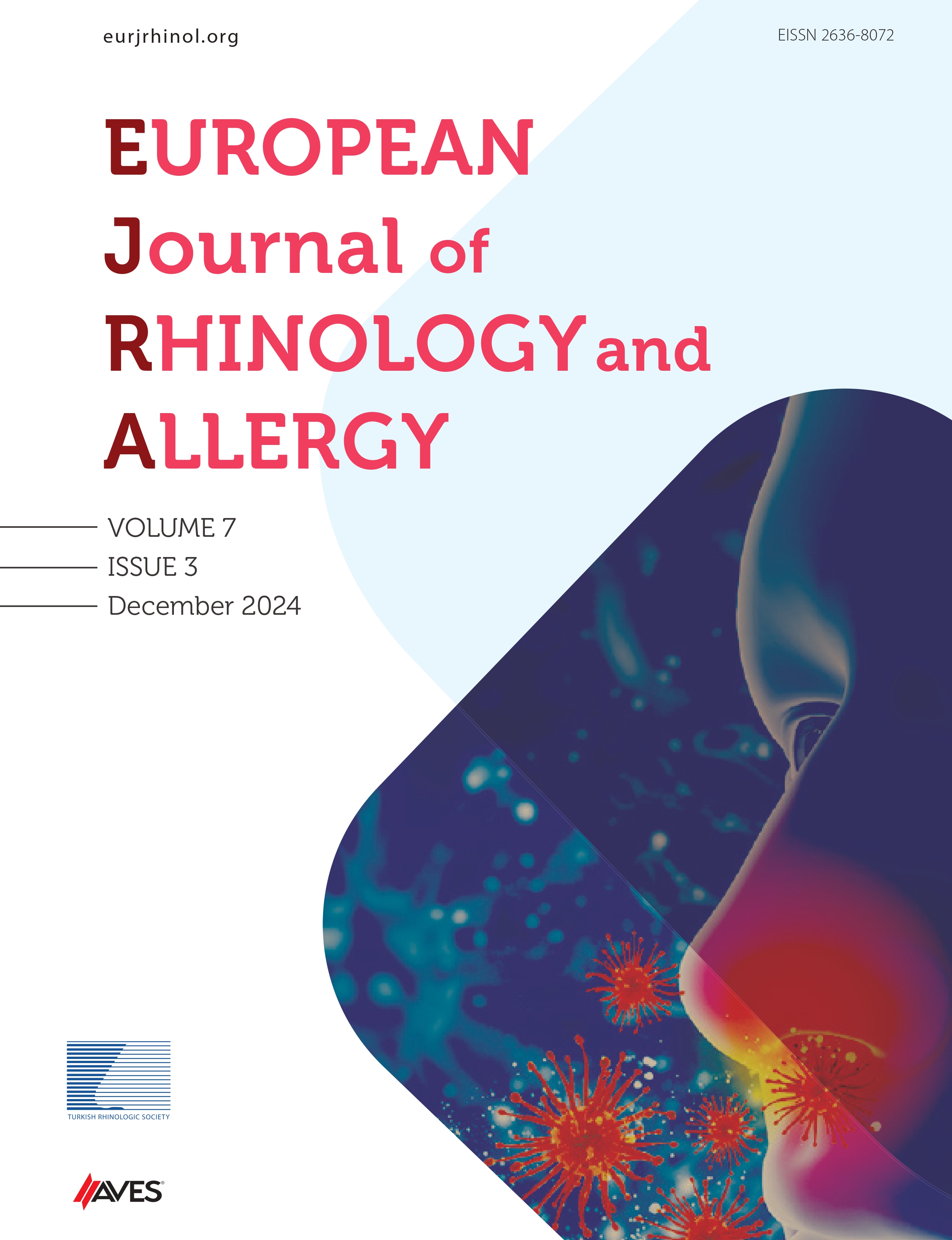Objective: This study aimed to determine the age groups at risk of nasal cavity foreign bodies, investigate the types of materials that might pose a danger and the measures that can be taken to avoid them, as well as to evaluate these measures in the light of the literature.
Material and Methods: The files of patients diagnosed with foreign body in the nose who were admitted to the Emergency Service or Ear-Nose-Throat Clinic in our hospital between January and December 2018 were retrospectively reviewed. Various parameters such as the variety and frequency of foreign bodies, the nostril in which they were placed, the foreign body observed as per the age group, and gender were recorded. Patients who were admitted and completed their treatment in the pediatric clinic were excluded from the study. Clinical symptoms and treatment protocols were investigated and these cases were discussed in the light of the literature.
Results: A total of 120 patients applied to our hospital during the study period. Seventy-nine of them (65.8%) were male and 41 (34.2%) were female patients. The average age was 4.25 years (13 months to 74 years). Endoscopic nasal examination was performed in the outpatient clinic. Foreign bodies were removed from the right nasal passage in 70 (58.3%), left nasal passage in 47 (39.2%), and both nasal passages in three (2.5%) cases. Treatment of 113 patients (94.2%) was successfully completed in the outpatient clinic. In the remaining seven patients (5.8%), foreign bodies were removed under sedation in the operating room. Five of the patients who underwent sedation were children and two were adult patients. Smelly rhinolith fragments could be removed from adult patients by breaking them. The limestone plaques formed around it caused bleeding. After the procedure, merocele tampon was placed. Most of the patients were between 0–5 years old in the pre-school group (n=94, 78.3%). This was followed by the school age group of children aged 6-15 years (n=17, 14.2%). The lowest proportion was the group consisting of adults aged 16 years and above (n=9, 7.5). The most common foreign bodies were small pieces of plastic toys (n=37, 30.8%). The most common age group in which the plastic toy parts were encountered was the 0–5 years age group (n=29, 78.4%). The second most common foreign bodies (n=23, 19.2%) were granular foods such as roasted chickpeas, hazelnuts, corn, and pomegranate seeds. The most common age group in which the granular foods were encountered was the pre-school age group with children aged 0–5 years (n=19, 82.6%).
Conclusion: The presence of foreign bodies in the nasal cavity is a common problem in otolaryngology, especially in the pediatric age group. It can cause serious side effects such as aspiration and obstruction; therefore, immediate intervention is required. Parents should be informed about this issue. Warning notices should be written especially on plastic toys that they may be dangerous for younger age groups.
Cite this article as: Altıntaş M. Foreign Bodies in the Nasal Cavity: A Single Center Experience. Eur J Rhinol Allergy 2021; 4(1): 12-5.

.png)

.png)